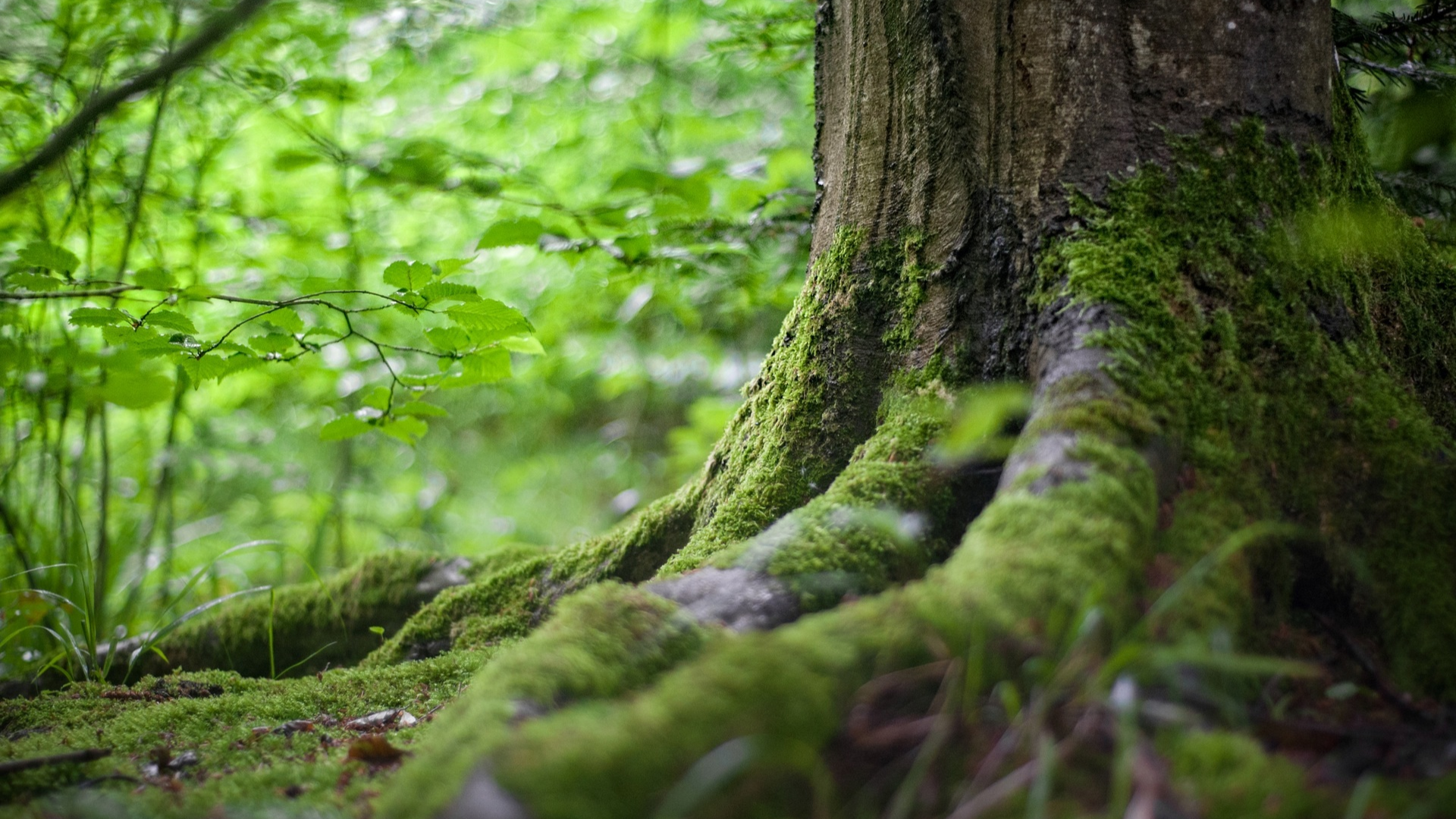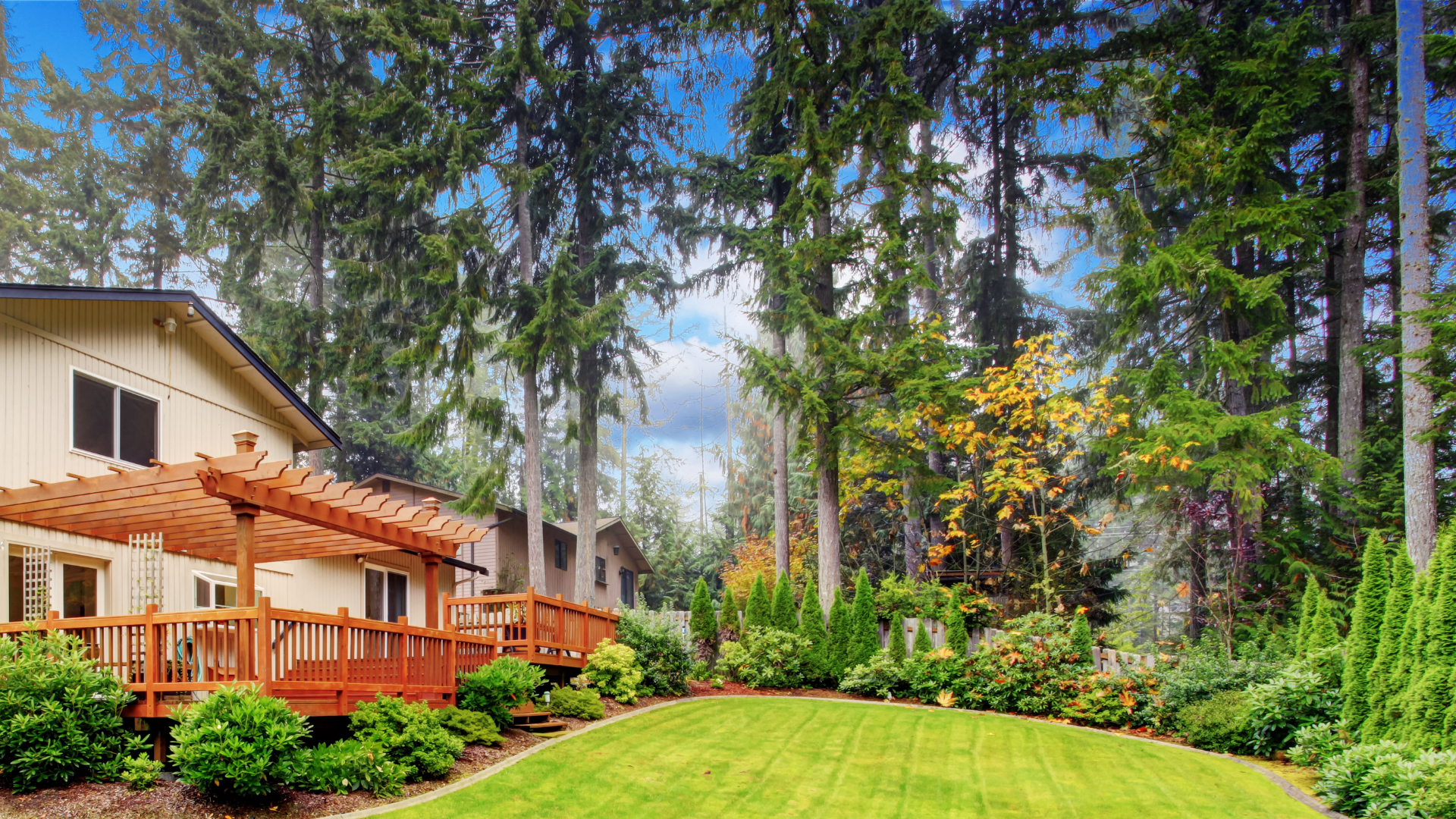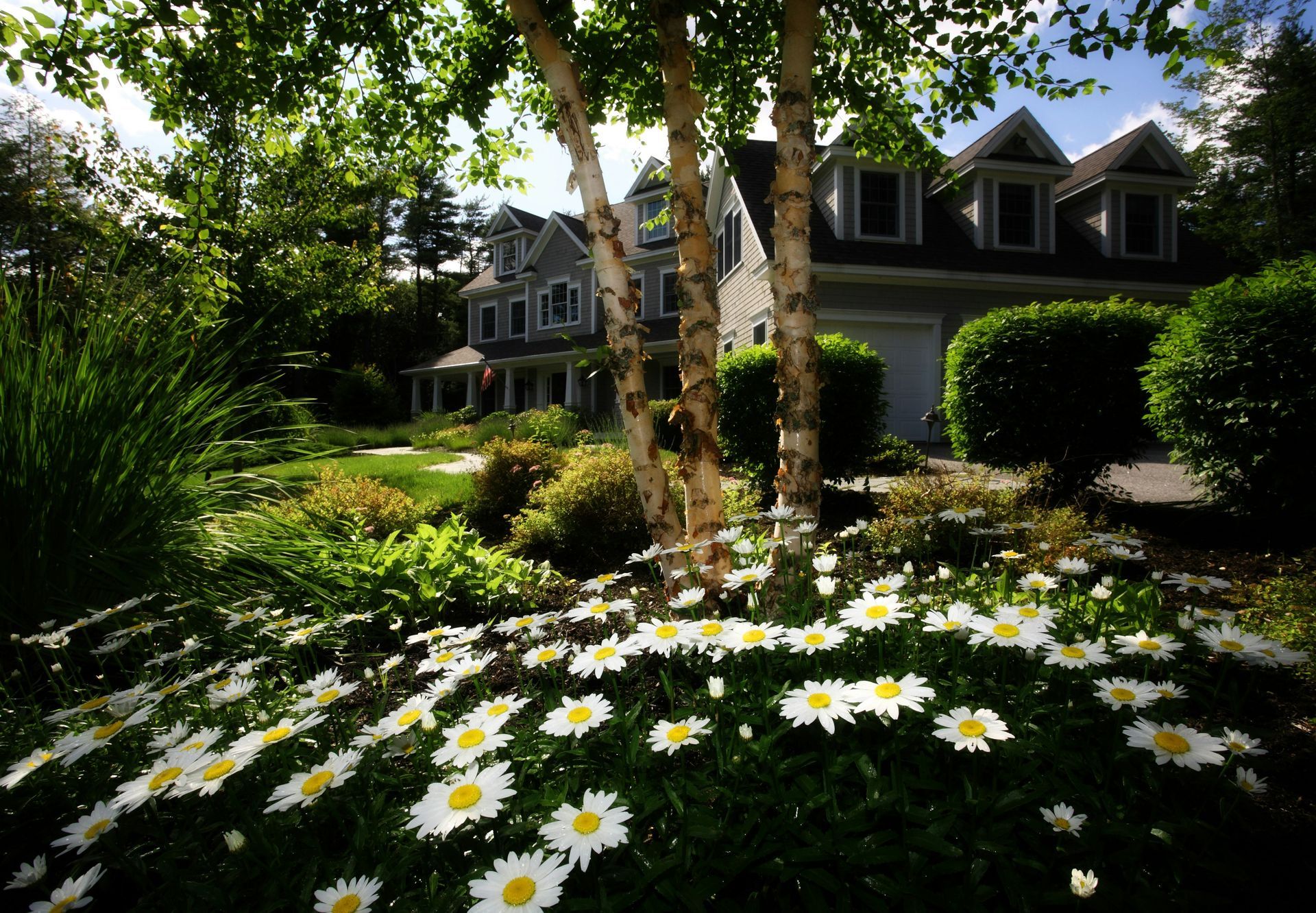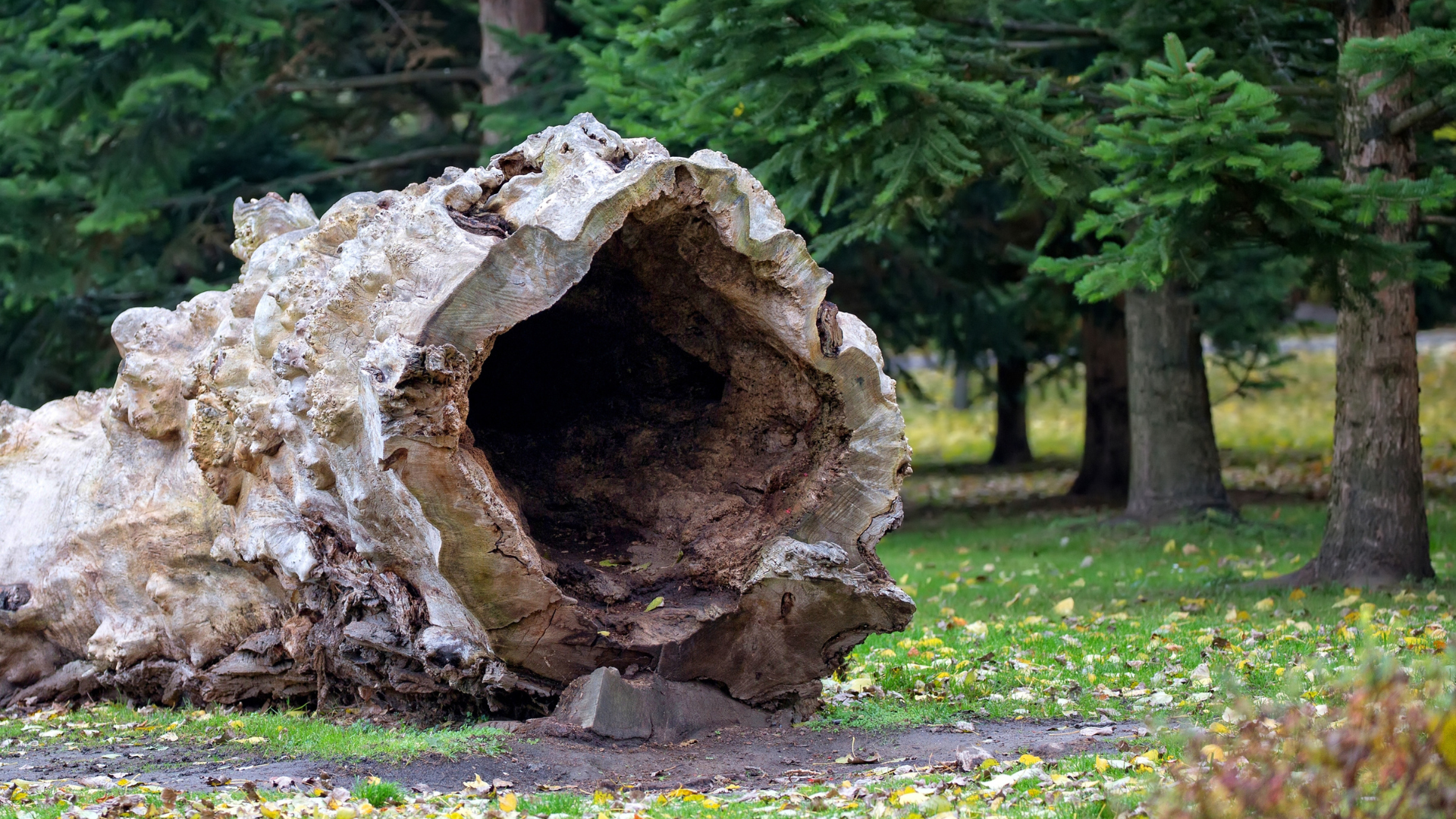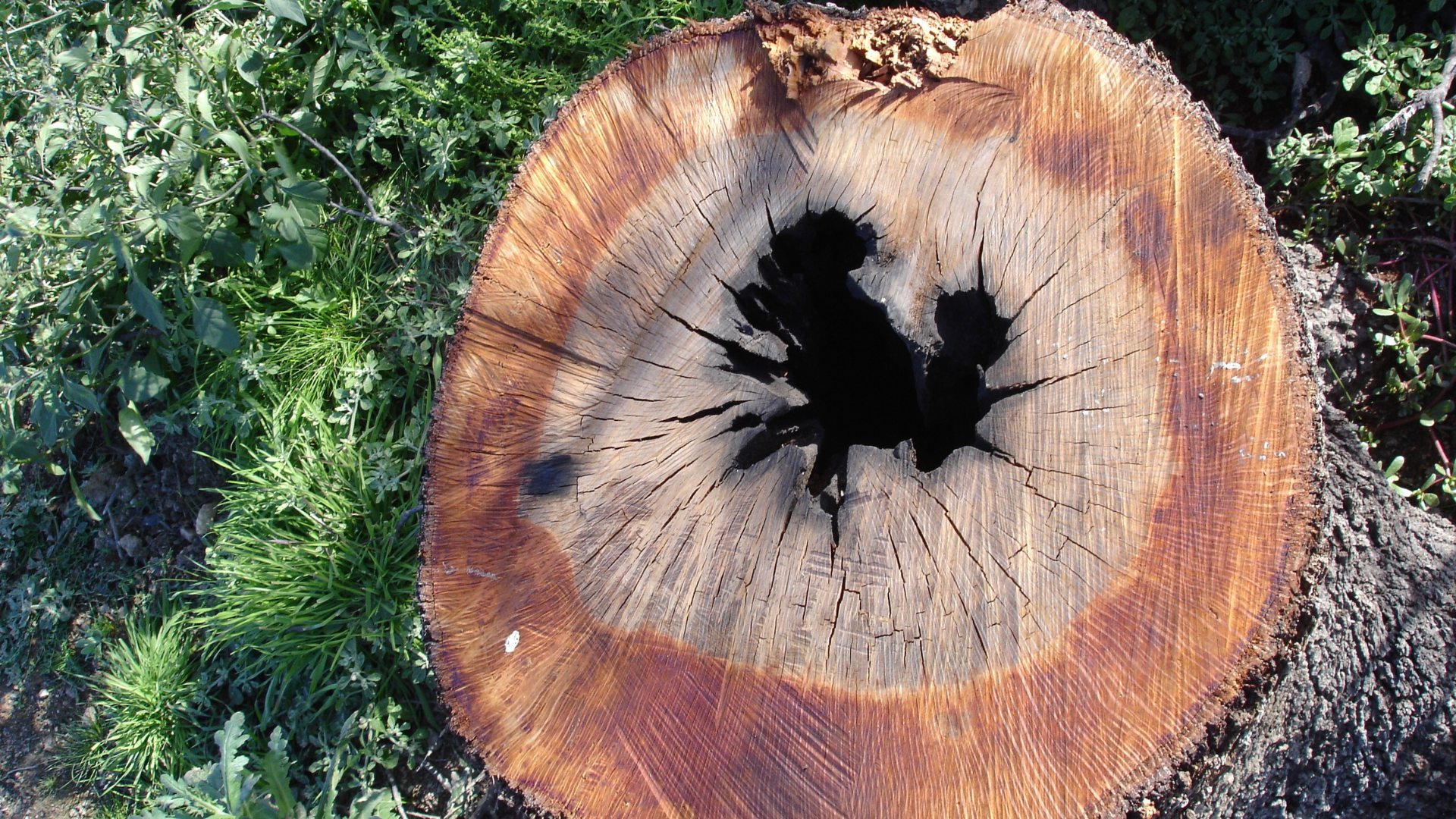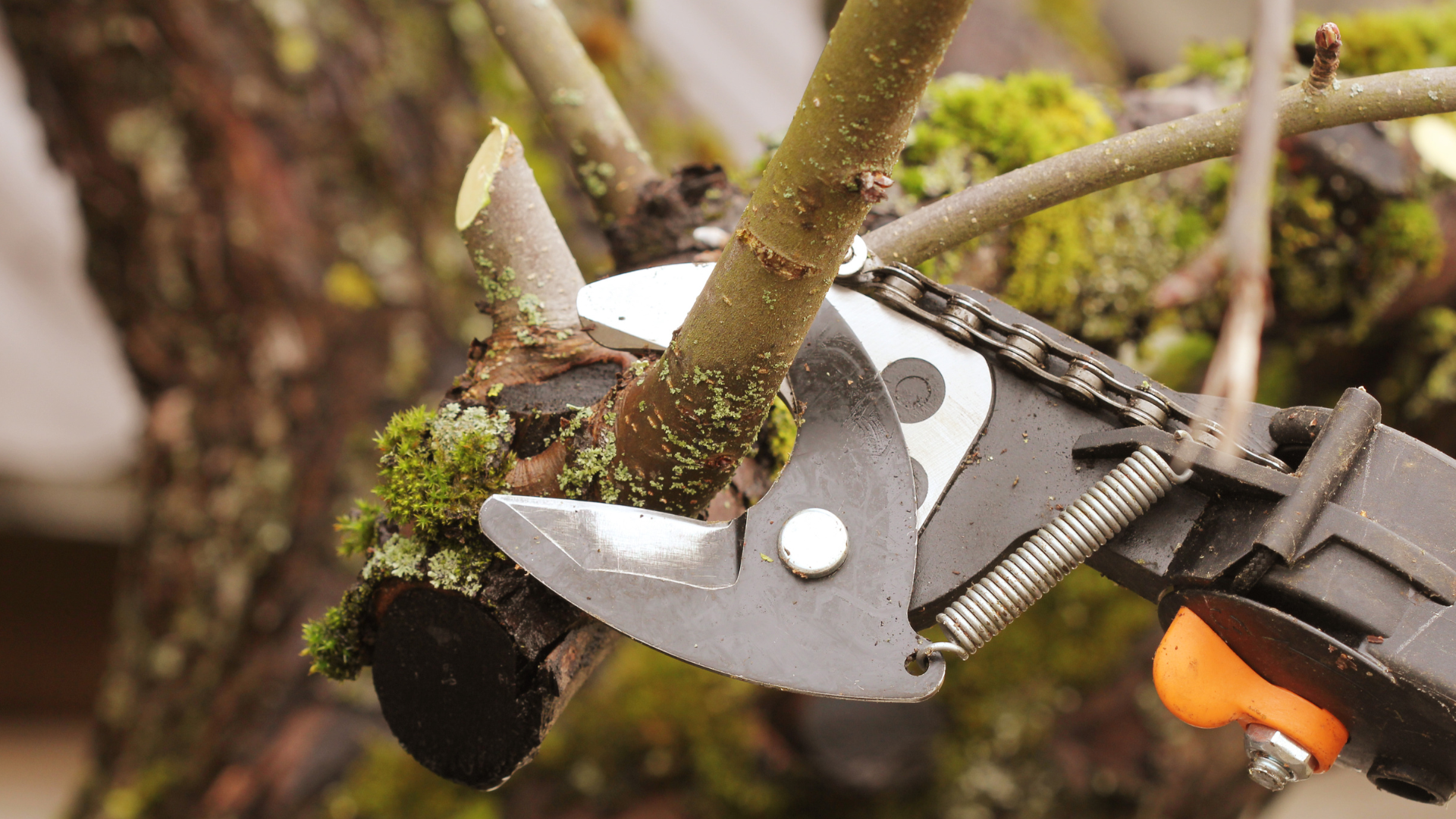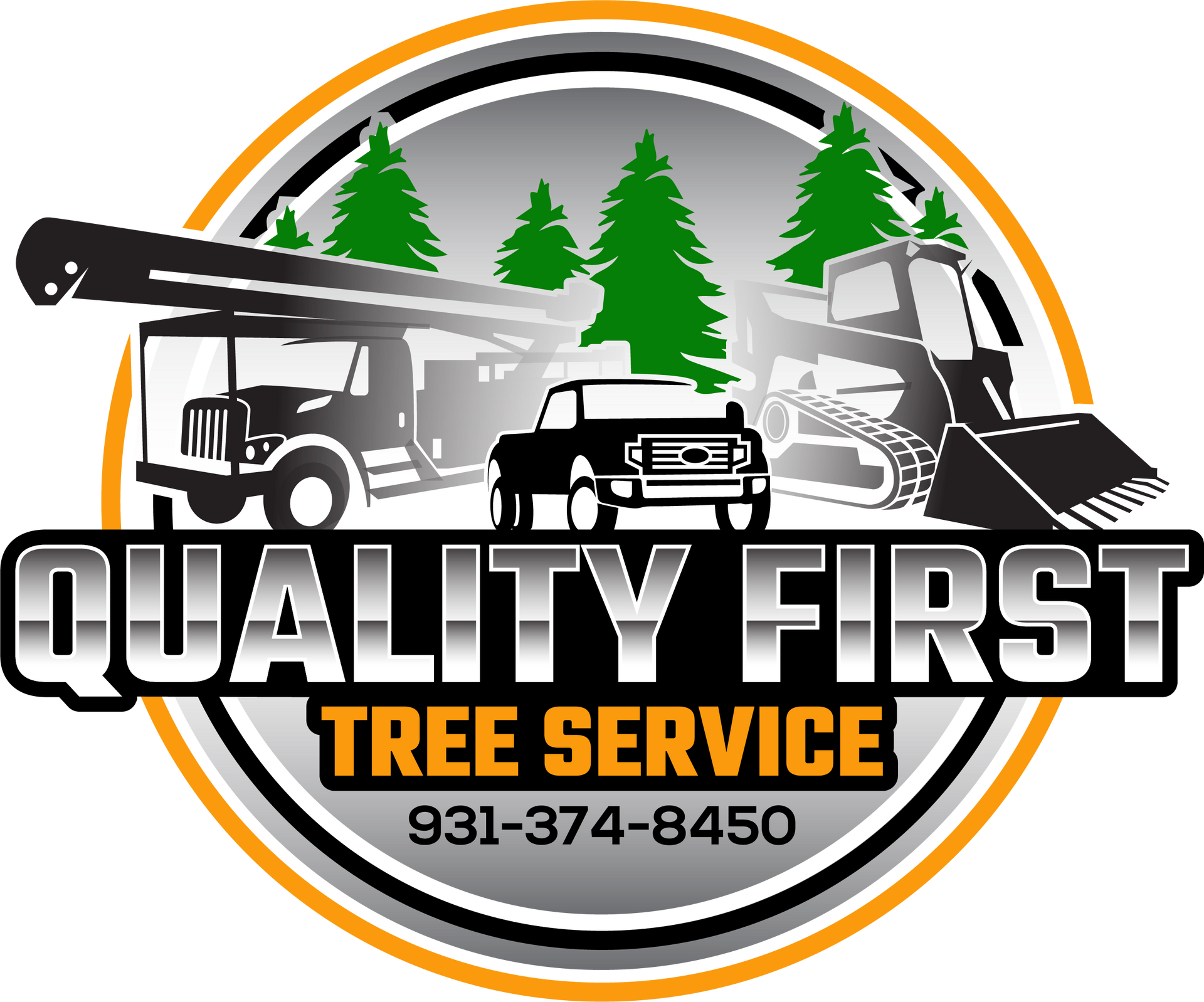What to Expect from a Professional Tree Inspection
Why Your Trees Need Professional Care
Trees are a valuable part of your landscape—they offer shade, beauty, and increased property value. But like any living thing, they require care, monitoring, and sometimes intervention. A professional tree inspection is a proactive way to ensure your trees remain healthy, safe, and a benefit to your property—not a risk. If you’ve never scheduled one before, here’s what you can expect from the process.

Why Tree Inspections Matter
While trees can look healthy on the surface, there may be hidden structural problems, diseases, or pest infestations that aren’t immediately visible to the untrained eye. Regular inspections—especially after storms, drought, or visible changes—can prevent problems from escalating and help you make informed decisions about your landscape.
At Quality First Tree Service & Landscaping, we believe in taking a preventive approach. Tree inspections help protect your investment, prevent property damage, and promote a safer outdoor environment for your family and guests.
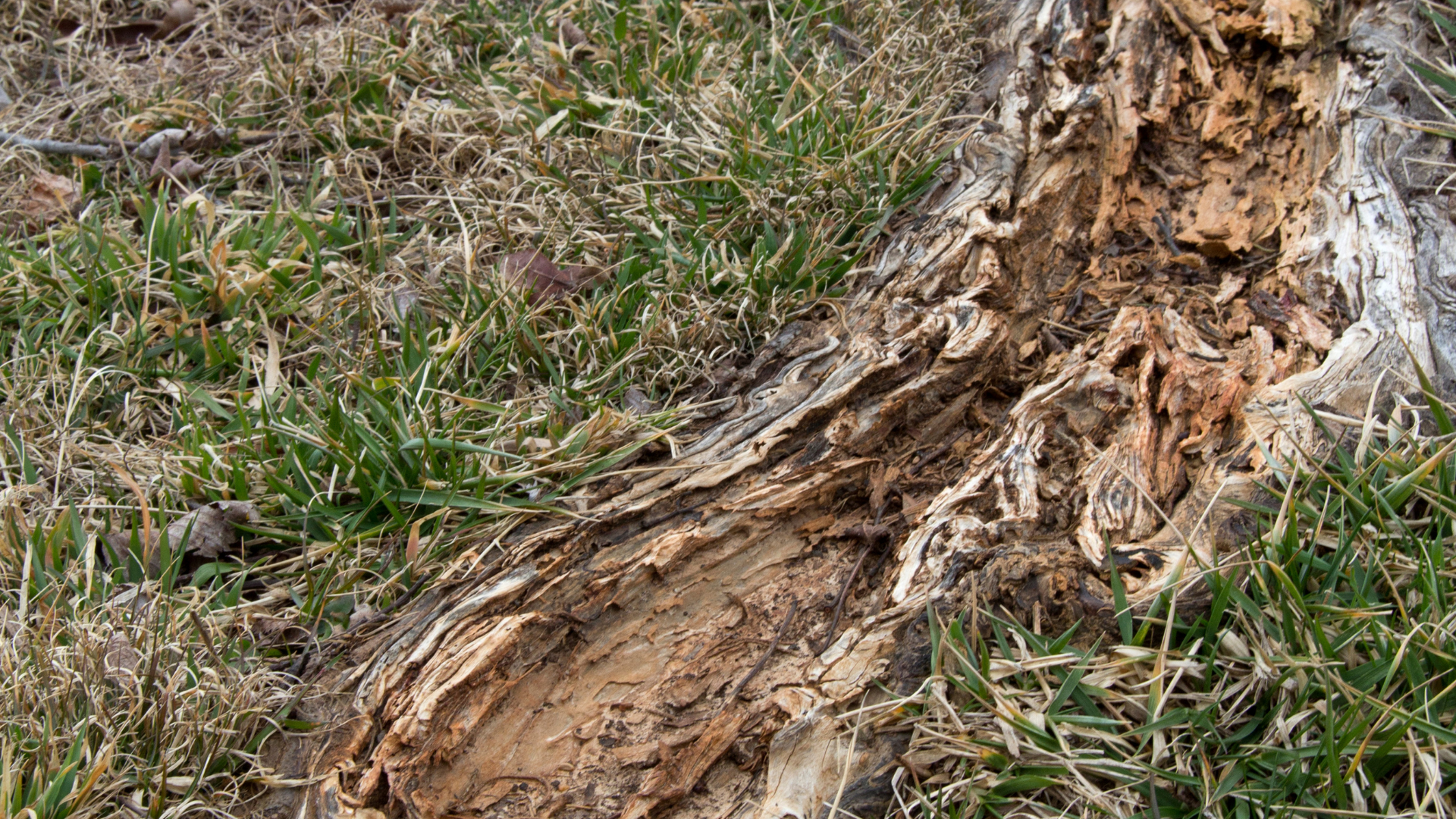
What a Tree Inspection Looks For
A professional tree inspection involves a thorough evaluation of your tree’s health, structure, and environment. Here’s what our certified team typically looks for:
1. Visible Signs of Decay or Disease
We check the trunk, bark, and branches for symptoms such as fungal growth, cracks, dead wood, or oozing sap. Discoloration, cankers, and cavities can also indicate underlying issues that may compromise the tree’s health.
2. Root and Soil Assessment
Roots anchor the tree and provide vital nutrients. We
assess for exposed or damaged roots, signs of
root rot, and soil compaction around the base, which can limit oxygen and water flow. Poor drainage or improper grading can also impact root health.
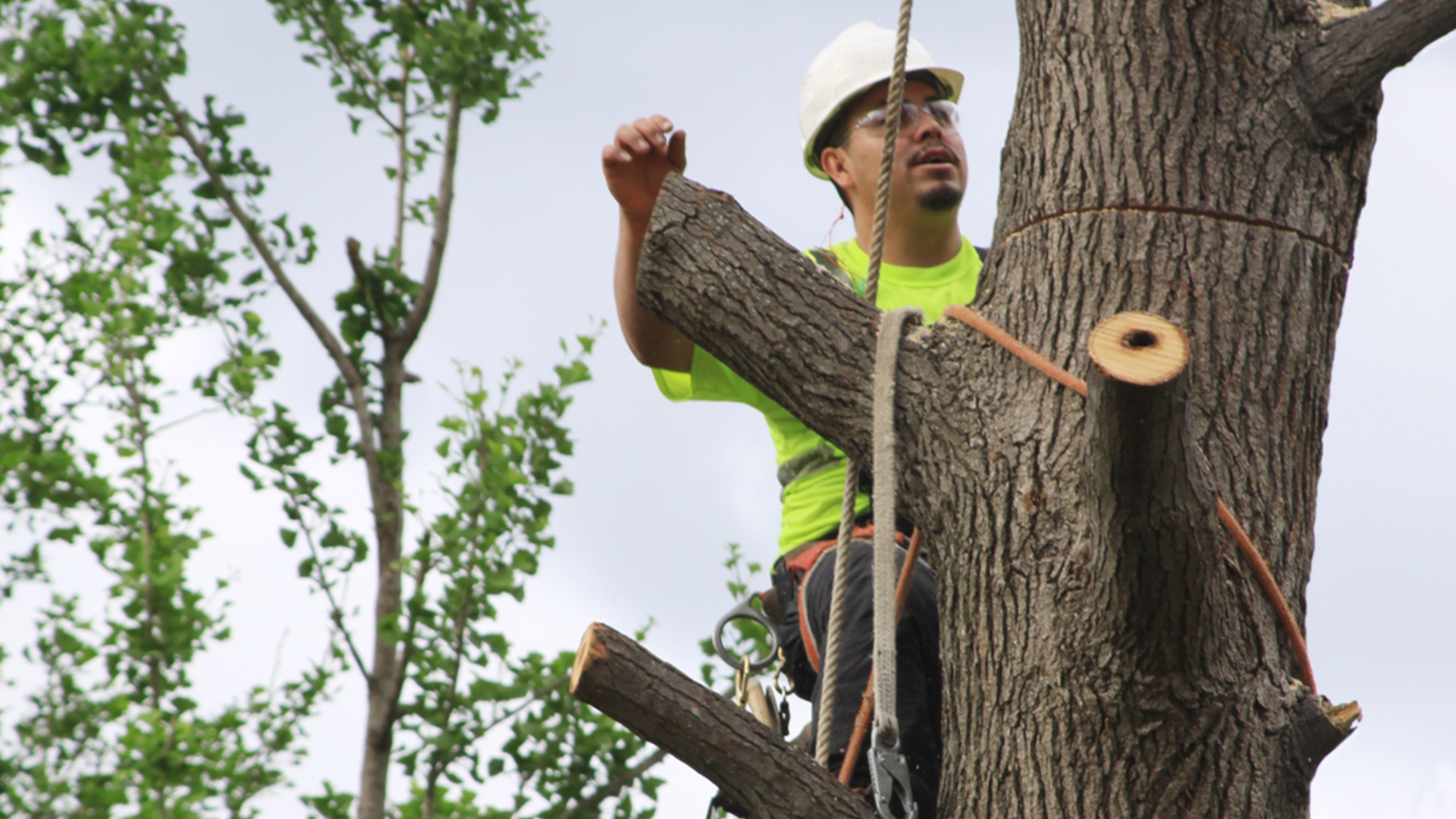
3. Canopy and Branch Structure
We evaluate the overall shape and weight distribution of the canopy. Trees with uneven or top-heavy growth, weak branch unions, or crossing limbs may be at risk of breaking, especially during high winds or storms.
4. Pests and Infestations
Insects like borers or beetles can seriously damage trees. Our team looks for entry holes, sawdust trails, and other indicators of
pest activity. Left untreated, infestations can lead to tree failure.
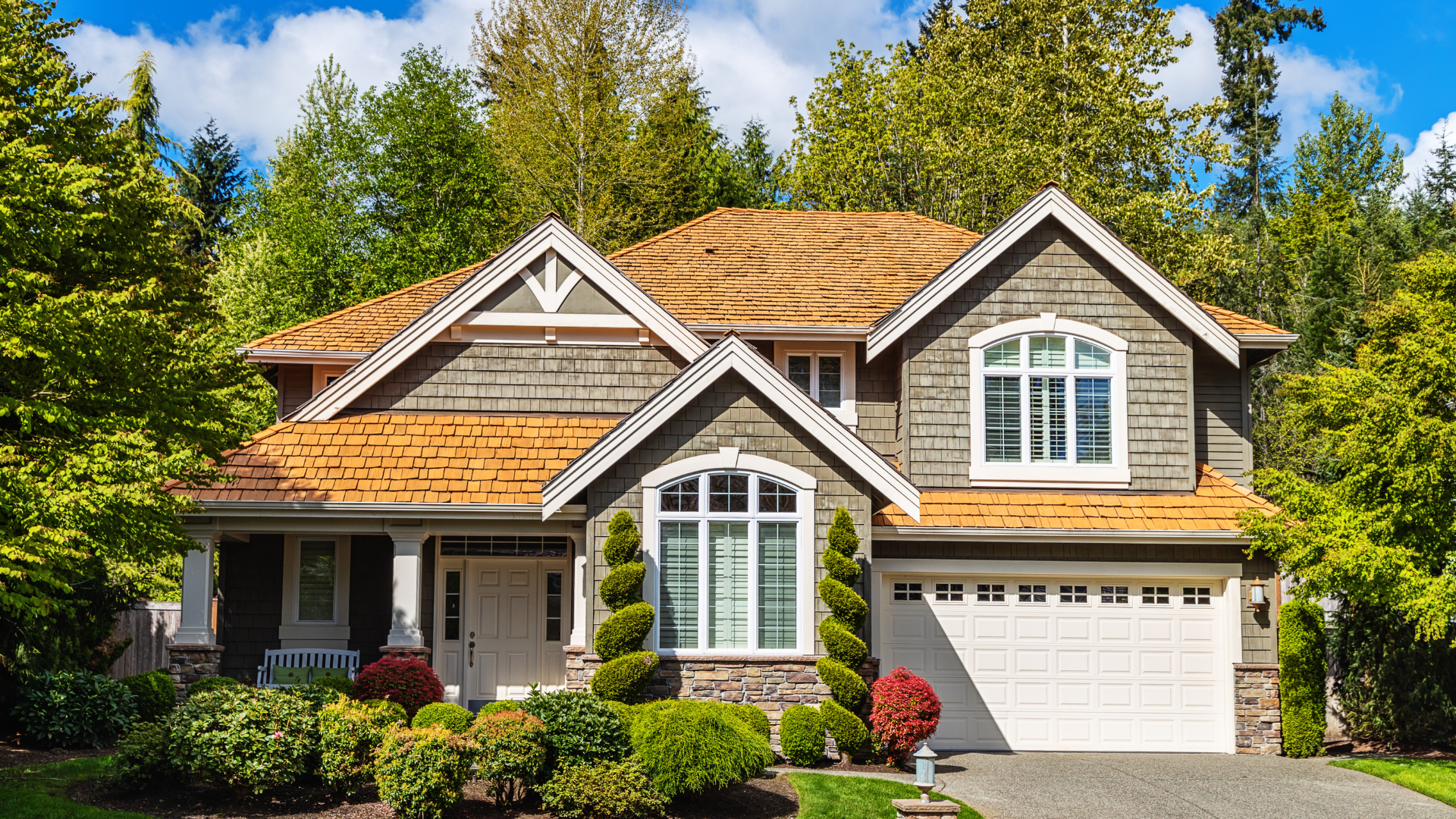
5. Proximity to Structures and Utilities
We assess how close trees are to your home, garage, power lines, and walkways. Trees that overhang roofs or lean toward structures can pose safety hazards and may require pruning or removal.
6. General Site Conditions
The overall health of a tree is also influenced by its environment. We take into account factors such as sunlight exposure, surrounding vegetation, past storm damage, and human activity (like foot traffic or nearby construction).

After the Inspection: What Comes Next?
Once the assessment is complete, you’ll receive a detailed report and personalized recommendations. These may include:
- Tree pruning to remove dead or overgrown branches
- Pest or disease treatment plans
- Cabling or bracing to support weak limbs
- Soil amendments or root care solutions
- Tree removal if the tree is deemed hazardous or beyond saving
We’ll always walk you through your options and answer any questions you may have. Our goal is to help you make informed decisions that preserve both the beauty and safety of your property.
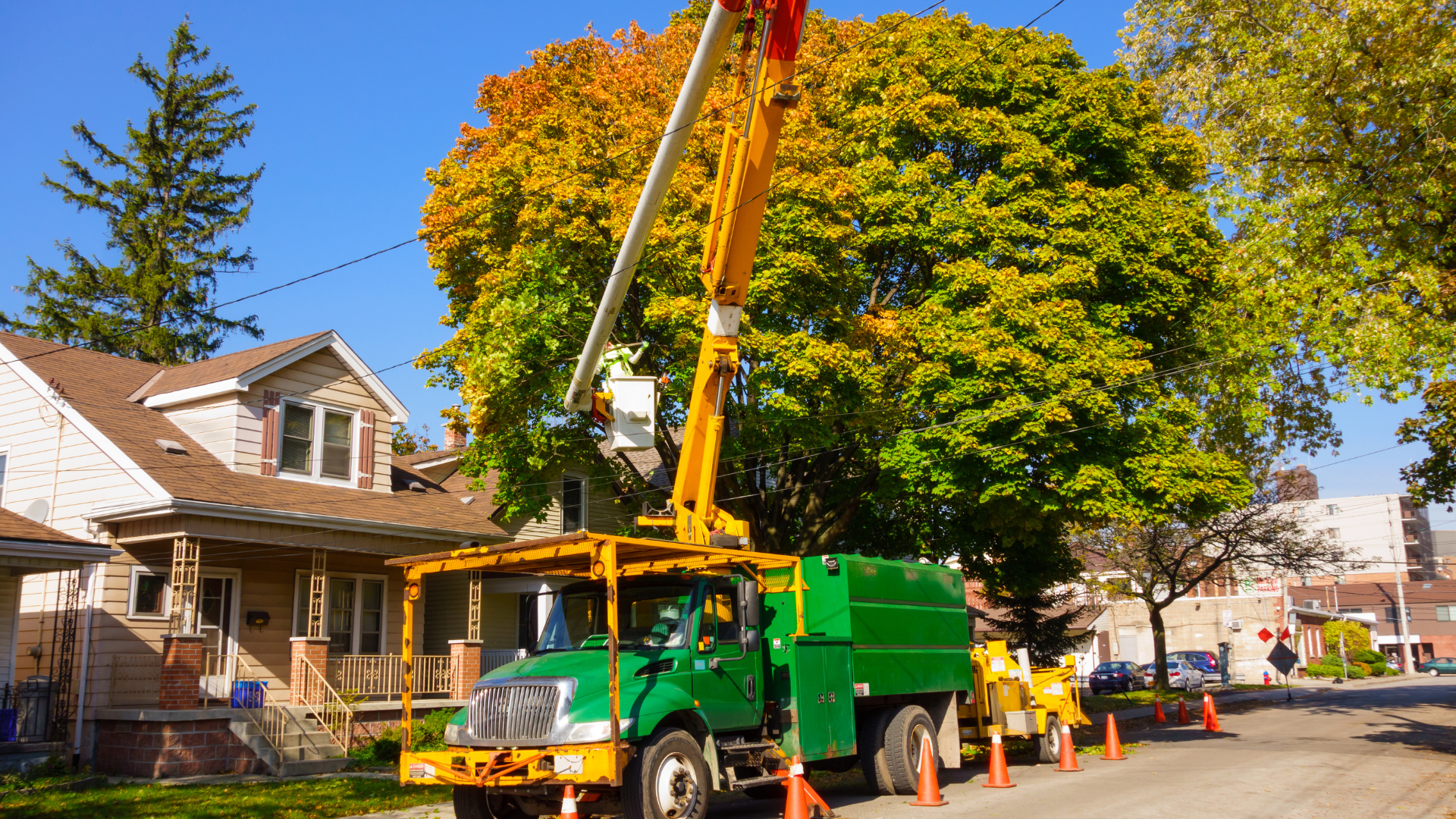
Trust the Experts at Quality First
At Quality First Tree Service & Landscaping, we’re committed to delivering honest assessments and expert care. Our experienced team uses industry-standard techniques and equipment to ensure your trees are in the best hands.
Whether you have a single large oak or a property full of evergreens, we’re here to help you maintain a safe, vibrant landscape. Contact us today to schedule your professional tree inspection—and keep your trees strong for years to come.

